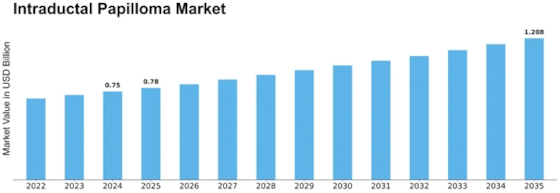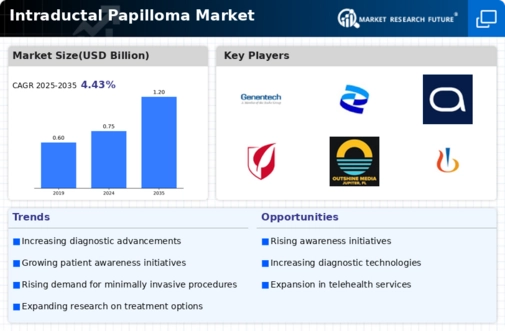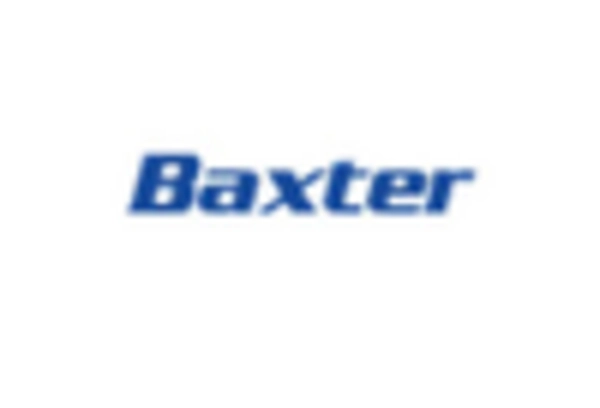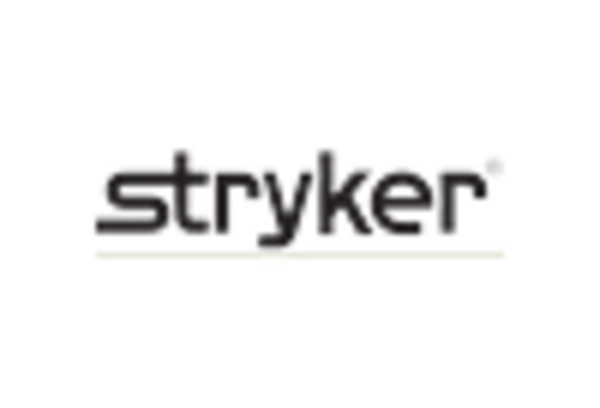Intraductal Papilloma Size
Intraductal Papilloma Market Growth Projections and Opportunities
A benign breast milk tube growth is intraductal papilloma. Market movement is affected by several factors. A major explanation is the growing awareness of breast illnesses and their prevalence. Health education and awareness efforts are raising Intraductal Papilloma awareness. It helps physicians diagnose and treat the problem early. Medical technological advancements also drive the industry. New diagnostic technologies including molecular testing and imaging improve Intraductal Papilloma diagnosis. This speeds up treatment and grows the market by encouraging consumers to buy more sophisticated testing gear. Legal issues can impact Intraductal Papilloma. Restrictions on medical equipment and medication licensing and marketing limit medicinal availability. Regulatory approval of new pharmaceuticals or testing equipment might provide market participants new opportunities, but tight constraints may make it tougher. Competition is another key market aspect. Pharmaceutical businesses, medical device producers, and testing laboratories are healthcare giants. Their position boosts the market. Industry collaborations, partnerships, and mergers may influence the market, affecting solutions and their accessibility. Economic factors can affect Intraductal Papilloma sales. As economies expand and individuals spend more on health care, the market increases because consumers can afford more costly diagnostic and treatment options. However, a weak economy may decrease healthcare funding, hurting the market. Older persons are more likely to have Intraductal Papilloma. Age increases the risk of breast disorders, thus more individuals might become patients. Changes in living and reproductive patterns, population, and breast-related disorders impact the market. Market share depends on breast health research and development. Researchers are still working to understand Intraductal Papilloma and improve therapy, which is driving the market. Research-based therapies like customized and personalized medicine might revolutionize patient care. Finally, public health policies may affect Intraductal Papilloma sales. Government measures to promote breast health, screen women, and subsidize breast illness treatment may boost market development. Early detection and prevention policies might shift the market.


















Leave a Comment